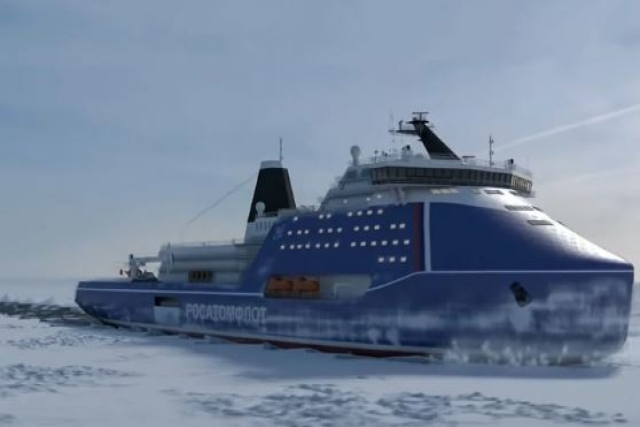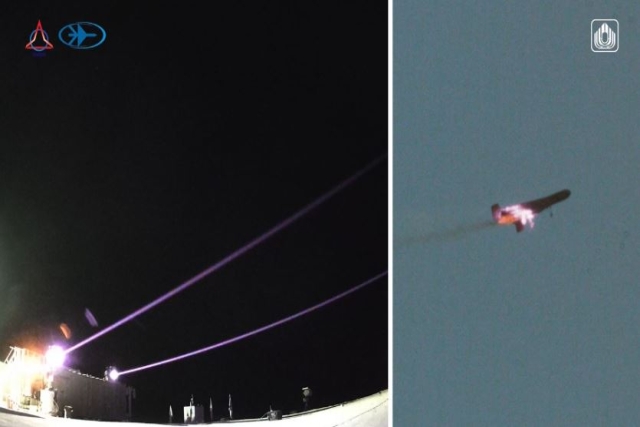Rostec to Equip Lead Nuclear Icebreaker with Radiation-Resistant Digital Telecomplex
New Radiation-Resistant Camera System to Enhance Safety and Monitoring on Lead Nuclear Icebreaker Rossiya

Rostec State Corporation's Ruselectronics holding has announced that it will supply the lead nuclear icebreaker, Rossiya, of Project 10510 with a new digital telecomplex.
The telecomplex is designed to enhance the control and monitoring of the reactor compartment, which is crucial for maintaining operational safety in high-radiation environments.
Developed by the Television Research Institute, a subsidiary of Ruselectronics, the telecomplex features a radiation-resistant camera capable of withstanding instantaneous gamma radiation levels of up to 2 Mrad/hour and accumulated radiation of up to 200 Mrad. The camera, equipped with a specialized lens, can capture color and black-and-white images with a resolution of at least 1,000 television lines, even at temperatures reaching 120 degrees Celsius.
The new camera system includes a sealed housing and additional lighting to ensure visibility in low-light conditions. This technology aims to address the limitations of conventional cameras, which typically fail under high radiation exposure.
Alexey Nikitin, General Director of the Television Research Institute, stated, "Current reactor compartment monitoring on icebreakers relies on standard cameras from the ship's video surveillance system, which degrade quickly due to radiation. Our new radiation-resistant cameras are designed to function reliably in high-radiation environments, allowing precise monitoring and timely decision-making in emergencies. We are also prepared to offer similar systems for the icebreakers of Project 22220 under construction."
The Rossiya is the first vessel in the Project 10510 "Lider" series, planned to facilitate year-round navigation along the Northern Sea Route and manage ice thicknesses up to 4.3 meters. The icebreaker is projected to enter service by 2030.










